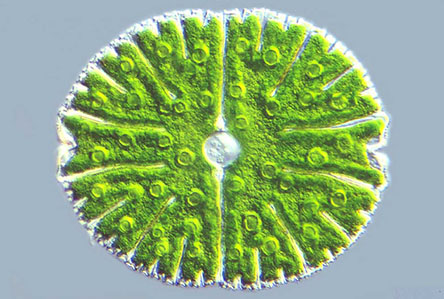- Connections between TCM & cell biology;
- How Cells Divide: Mitosis & Meiosis
- Other Links
1.
Traditional Chinese Medicine - a science rooted in the wisdom of the self-reflecting and eternal wisdom of Nature
Cell Biology - the conceptualization and collection of externally measured observations of a specific scale of life-form
In many ways, I see TCM as the distillation of the intuitive knowledge of the human body and its natural energetic pathways/tendencies into a mechanized, static and cogent system of information. There is a parallel that reveals itself to me between the systemization of intuitive body-knowledge and the systemization of the human body system(s) into a 'science' - cell biology. These two systems or sciences illustrate a slow progression away from inner-understanding and direct knowledge garnered & cultivated through experience into a disconnected space of pure observation and a priori misunderstanding. When one is assumed to be separate/disconnected then anything observed is automatically mis-understood as unrelated and alien. The inherent connectivity of the observer and the observed is dissolved into a seemingly delusional assumption that we must fill in the gap, the space of disconnection, with knowledge and 'science'. We have moved away from the true spirit of ourselves and all of nature...
True Dao is not a way that can be conceptualized.
Its true name has no identity.Nameless is the origin of Heaven and Earth.
Name is the mother of the ten thousand.We are told, at the very start of the Daodejing, that Dao, as a model for life and the human spiritual path, is fundamentally non-conceptual and/or non-dualistic. We are told implicitly that we (the reader [de]) are inherently an inseparable part of true Dao whose activity (wuwei) is ungraspable – names, concepts and words fail to capture “it” (Dao) or “us” (de) in an enduring way. We are invited to embrace the paradox that unknowing is wisdom. Our path is natural and inherent - not something we are mandated to search for, discover, struggle with or master. The title of this text is the Daode classic. The fundamental teaching of wuwei is that Nature (Dao) and self (nature: de) are arising naturally and resolving naturally. (Liu Ming)
So what other parallels
and connections
can be poetically strung through
or seen true
in our two sciences?
I resist any temptation to explore the meanings of the signs and signifying substances and instead, resign to accepting the loss of false feed. There is nothing to know beyond what I have seen. Unless you see something else...
2.
How cells divide...
These are very lovely animations. I very much appreciate their aesthetic and communicative simplicity. Interestingly, this is part of a series on the NOVA website called "18 Ways to Make a Baby".
 Humans have moved beyond themselves into something else... we can now channel life without the emotional-energetic and physical relationships that we define ourselves by. Interesting no? Check out this crazy bio-technology... they call it a 'spermatozoa', 'sperm' for short.
Humans have moved beyond themselves into something else... we can now channel life without the emotional-energetic and physical relationships that we define ourselves by. Interesting no? Check out this crazy bio-technology... they call it a 'spermatozoa', 'sperm' for short.3.
Other Links to review:
The "Cool Animation Site" is indeed a very cool animation of the Kreb's Cycle. In fact, it is fascinating to see the chemical flow go on and on. It is like a little machine! Isn't it wonderful and also strange that we observe or choose to observe the mechanistic qualities of the energetic transformation? Why not see the variation of colors derived from the molecular vibrations through the process?? or the sounds?
The "Cells site is interesting but less well designed. It is what I call 'old school' web design, which is, a bit too linear and blocky.
Wikipedia. The death of Britannica.






